Pat Mastelotto thought he was being helpful when he emailed David Kollar a grotesque creature image with the subject line "Adam from TOOL." The Slovak guitarist's response was immediate confusion.
"I honestly had no idea what he meant," Kollar admits. "Then Paolo messaged me, 'Call me,' and he explained everything. Somehow, TOOL had completely passed me by."
This cultural blind spot is KOMARA. Three musicians from different continents create music whose total is more than the sum of their individual backgrounds. Their sound encompasses prog rock, experimental jazz, and cinematic composition. Their visual identity comes from Adam Jones, one of metal's most recognizable artists. Ten years after their formation, KOMARA have released KOMARA II, an album that trades their debut's density for something more spacious and refined. The transformation stems from an unlikely source: music rejected from Slovak mafia films.
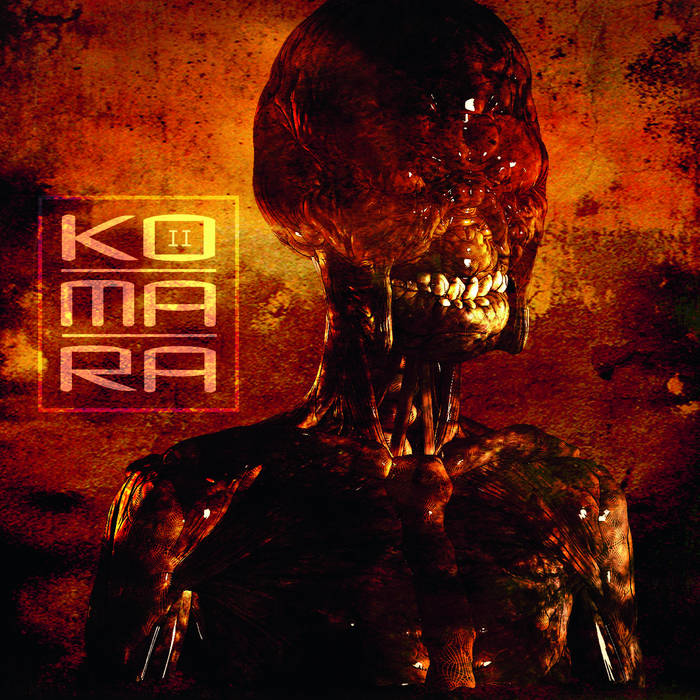
KOMARA began with a canceled show in Brno in 2014. Pat Mastelotto, King Crimson's longtime drummer and former Mr. Mister hitmaker, suggested recording instead.
They found studio time in Prague and improvised their way through sessions that became their debut album. "The first KOMARA album came from an improvised tour—no studio material, just raw stage experimentation," Mastelotto explains. David Kollar sent additional ideas after those initial sessions, which became tracks like "Dirty Smelly" and "She Sits in Black Silt." Paolo Raineri, the Italian trumpeter with a background in heavy music and free improvisation, saw those sessions capture something essential. "KOMARA started like an improv project," he says. "I think improvisation is a fundamental part of the project, and even when we play live, there are open parts that change every show." That first album earned critical praise but carried what listeners described as 'progressive doom' weight. It was intricate and powerful, but dense.
KOMARA II opens up space that the debut never attempted, and it was David Kollar's rejected film music that made it possible.
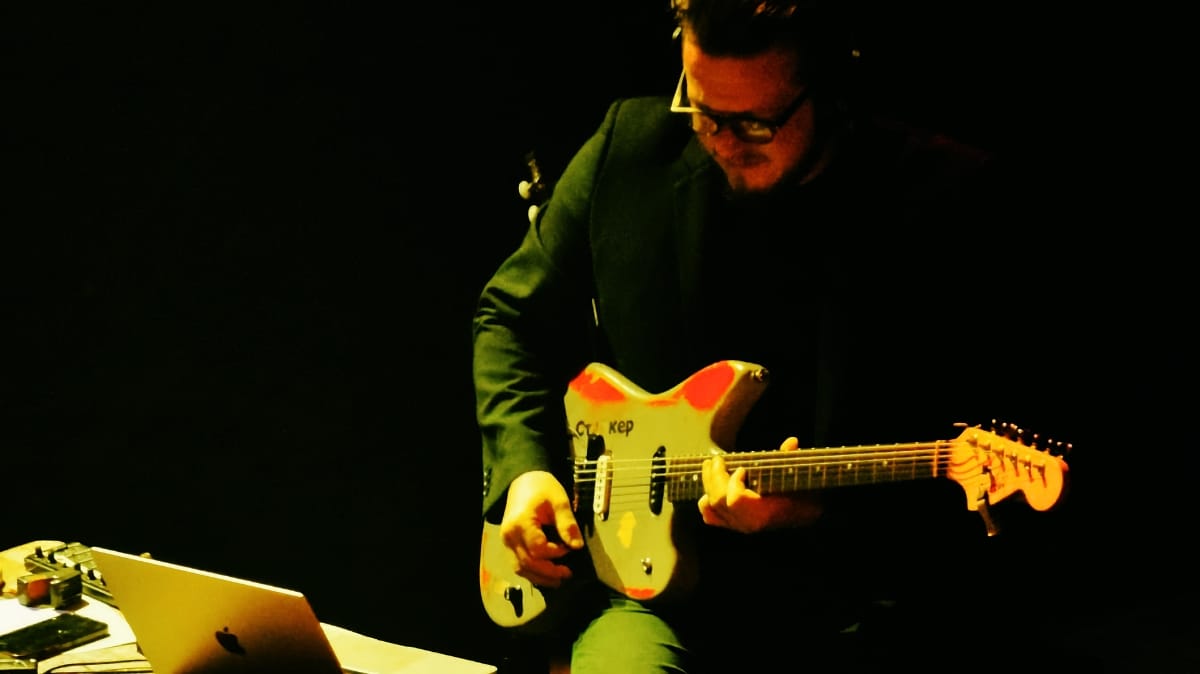
Kollar spent 2024 scoring MIKI and ČERNÁK, controversial films about 1990s Slovak crime boss Mikuláš Černák. Many Slovaks felt that any movie about Černák, regardless of their critical stance, risked glorifying a figure responsible for widespread violence and fear during the country's post-communist transition. The work brought career highs, including sessions with legendary composer Thomas Newman in Los Angeles, but carried personal costs. Some friends stopped speaking to him because of what some perceived as his romanticizing a violent criminal figure from their recent traumatic history. "I lost a few friends," Kollar reflects. "I received messages like, 'With this film, you've destroyed yourself politically.'"
Directors rejected certain musical cues, leaving Kollar with atmospheric fragments. "I had a lot of material which a director didn't use," he explains. "I sent it to Pat, and when I went to Texas last November, he played it for me—he had overdubbed these tracks with drums and it was very powerful."
Those Texas sessions became KOMARA II's foundation. Kollar spent seven days at Mastelotto's Dripping Springs, Texas studio, working from eight a.m. with breaks for lunch and dinner. They assembled fifty-two minutes of material and called it done.
Each musician had grown since the debut. Mastelotto's 'traps and buttons' technique, which blends acoustic drums with electronic triggers, has gotten more sophisticated. "David and Paolo are sonic explorers," he notes. "They inspire me and help set moods that really suit electronic drumming and beatboxing." For KOMARA II, he recorded drums while watching scenes from the Slovak mafia films. "I set my laptop on the ground, played scenes from the film, and recorded the drums with just one microphone, playing live to the picture."
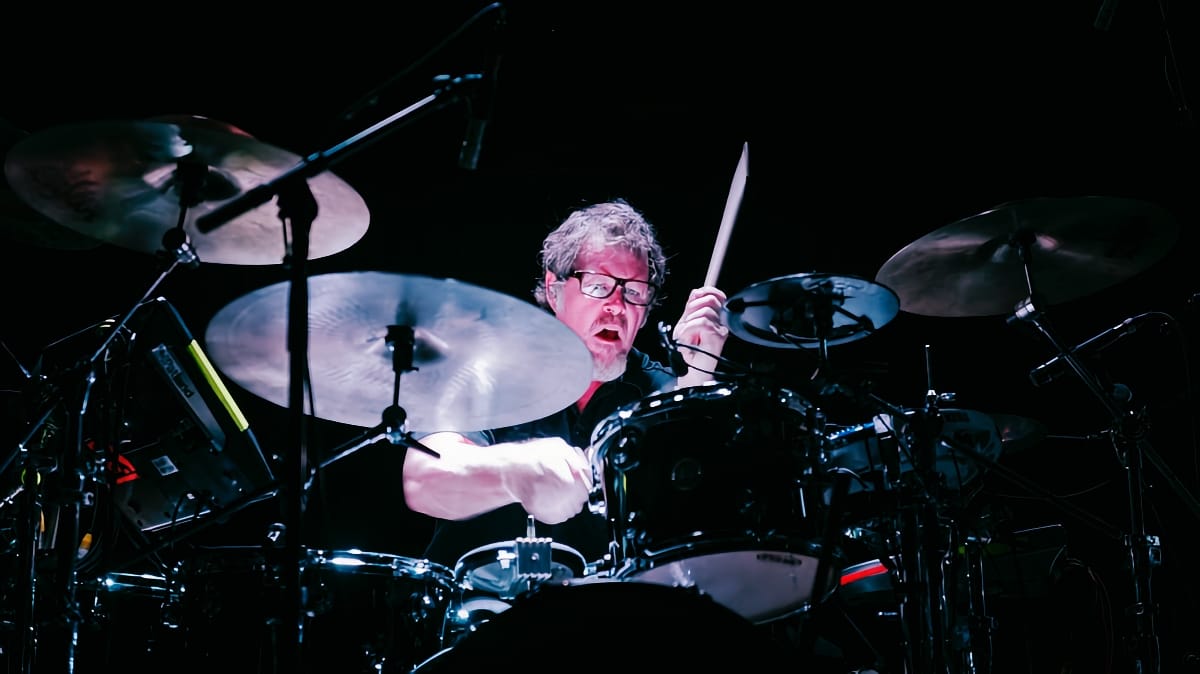
Raineri has expanded his electronic processing, sometimes hiding his trumpet entirely. "I worked more on sound layers, and sometimes I hid the sound of the trumpet as much as possible," he explains. "There are parts where my instrument comes forward in a more canonical way, but I also wanted to try to leave space for the other members." His philosophy: "Play less, play better."
Kollar contributed more than rejected film cues. His guitar work has become more textural, incorporating "rhythmic and industrial sounds, along with various cinematic textures."
KOMARA work because different backgrounds create productive friction. Mastelotto brings decades of American pop and progressive rock experience. Raineri draws from Italian avant-garde traditions and Scandinavian nu-jazz. Kollar represents Eastern European experimental music and film composition shaped by Slovakia's complicated history. "It's as if in each of our heads the music that must come out of this project was clear," Raineri observes, "and we are committed to making this happen in the best possible way." You can hear this cultural intersection in "Utorok Cowboy," where Eastern European and American musical traditions meet. Mastelotto describes his musical DNA as "a mashed-up stew of sounds—from country to avant-garde to prog and industrial."
Their process reflects this flexibility. "There are no rules," Raineri explains. "Some pieces came from improvisations and others from some riffs or ideas. Then everyone put their own ideas on it and we chose in the end what we liked the most."

KOMARA expanded to a quartet for their summer 2025 European tour, adding Trey Gunn on Warr guitar.
"Trey's presence with his sounds and his inventiveness was truly an added value for the group," Raineri reports after their initial shows. "It allows David to be more free and to show more of himself as a soloist." The Mastelotto-Gunn rhythmic partnership, developed over years in King Crimson, provides a new bedrock. "Trey and Pat sound like no other rhythm section in the world," Kollar notes. "Thanks to him, we were able to expand some of the songs significantly in the live setting—the arrangements are now more open, more dynamic, with more room for improvisation." The live shows keep changing. KOMARA still improvise like they did in 2014, but now they build from KOMARA II's more deliberate compositions.
KOMARA refuse to settle on any one genre and feel no obligation to. Listeners get prog rock drums, jazz-influenced trumpet, ambient textures, and film score atmospheres. Sometimes all in the same song. KOMARA II keeps the complexity and innovation of their debut while creating sonic space for each element to breathe. The album's space and clarity compared to the first record's density show a trio that trusts both individual voices and collective chemistry.
Adam Jones's artwork gives the trio a consistent visual identity. The monster on their album covers says it all. Something new and strange, built from familiar pieces put together in new ways. That's KOMARA.
Check out more like this:
 The TonearmMichael Centrone
The TonearmMichael Centrone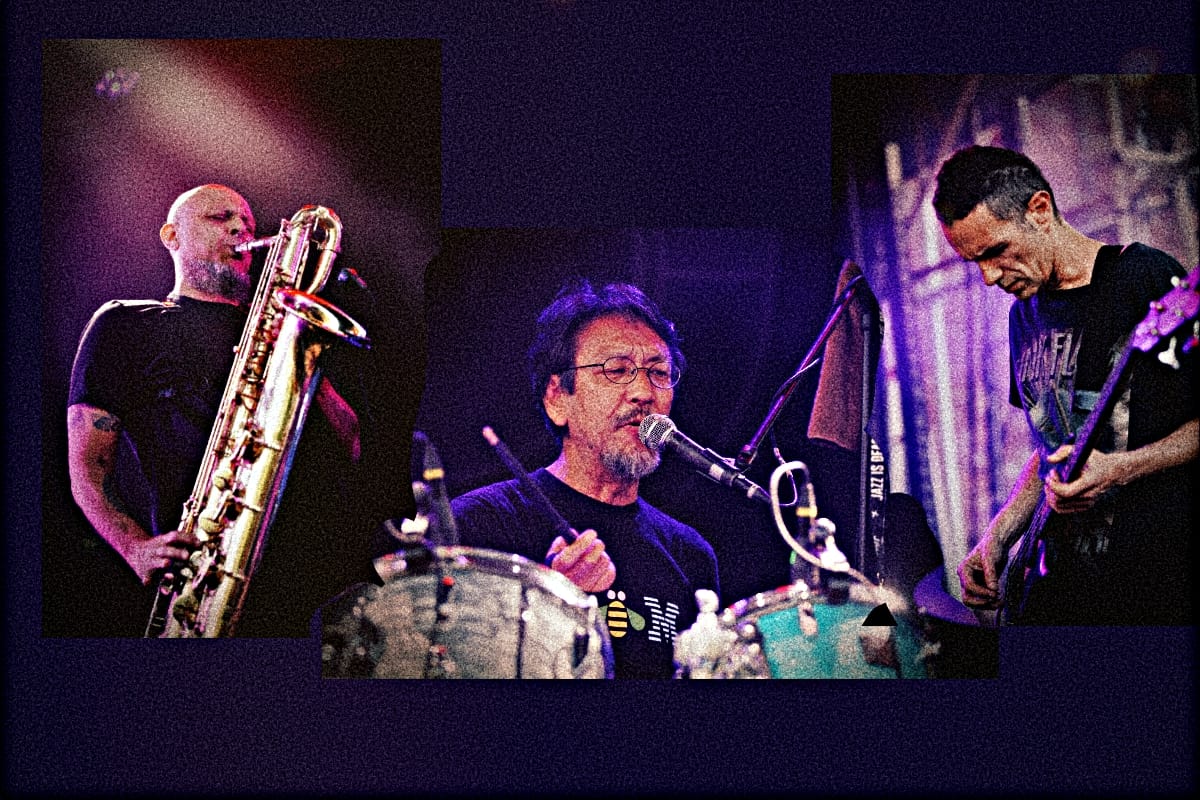
 The TonearmLawrence Peryer
The TonearmLawrence Peryer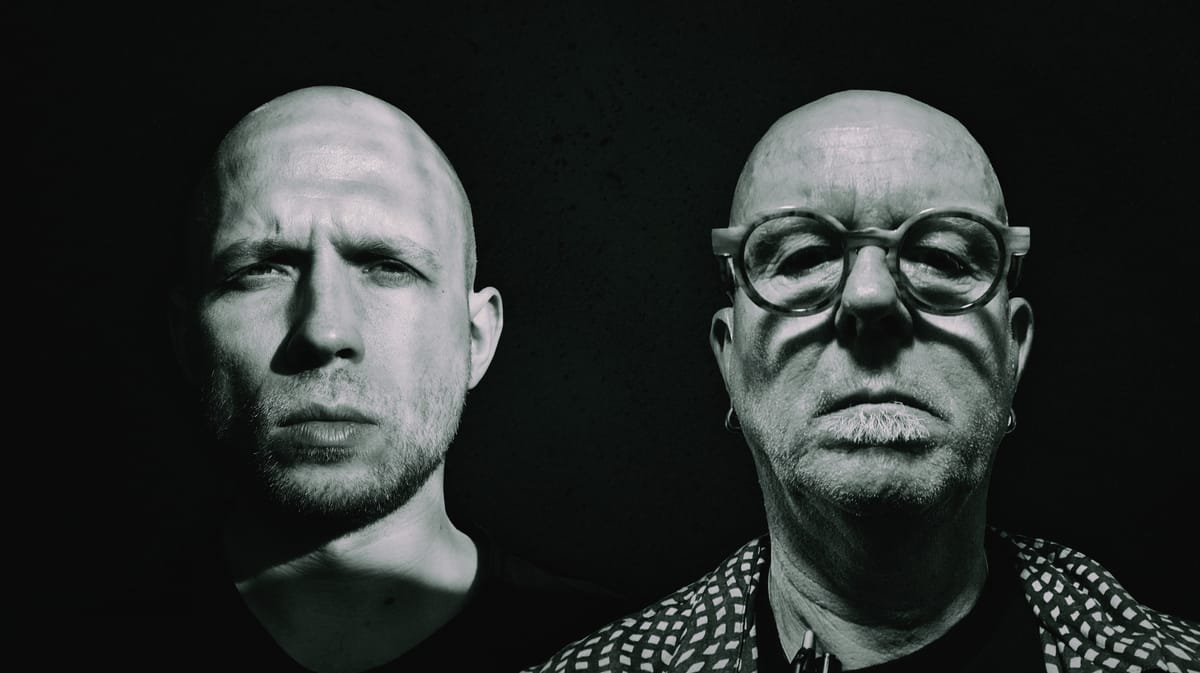


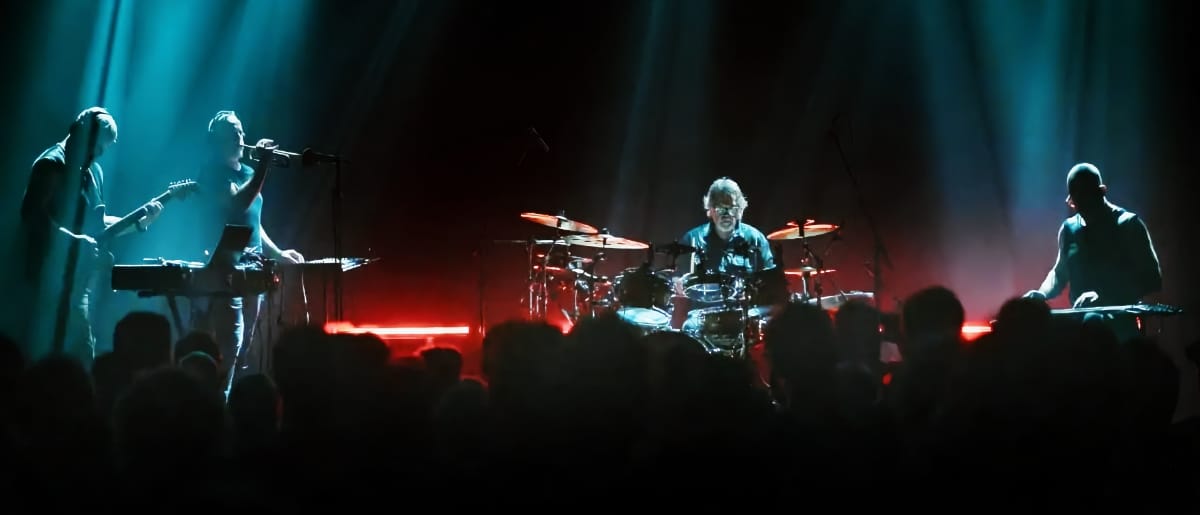

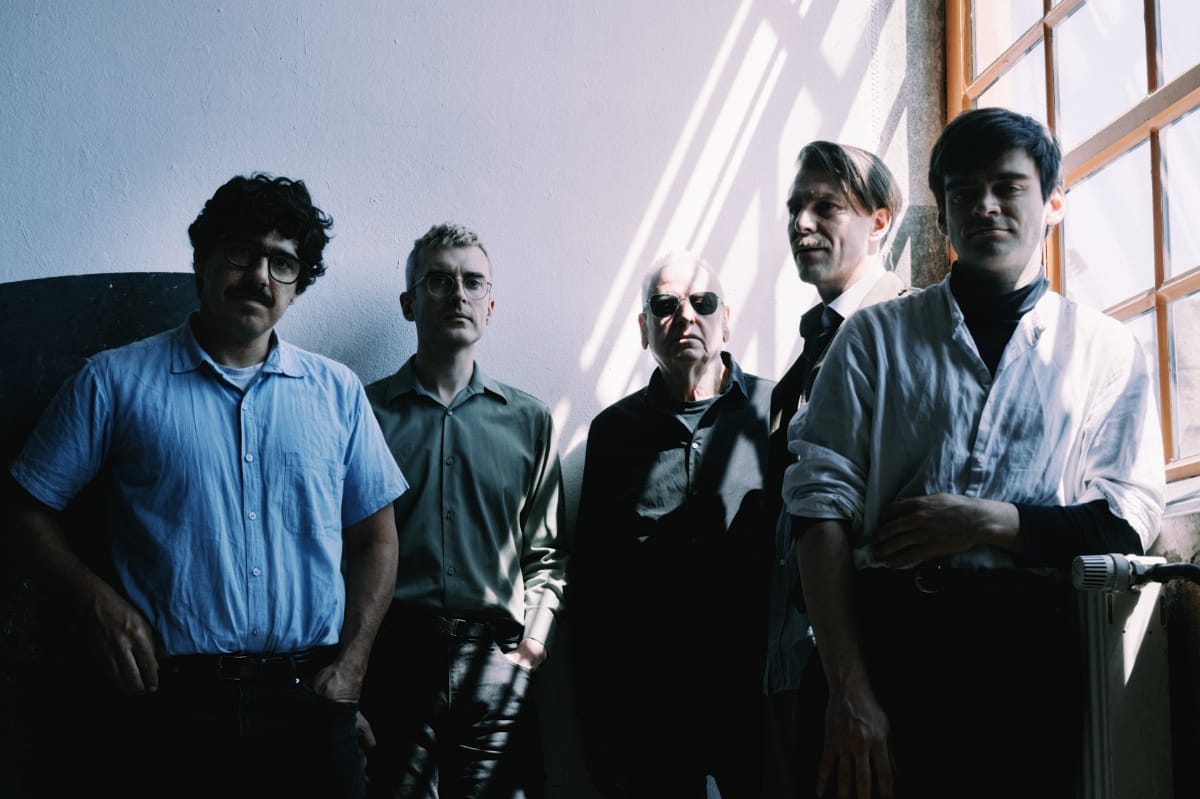
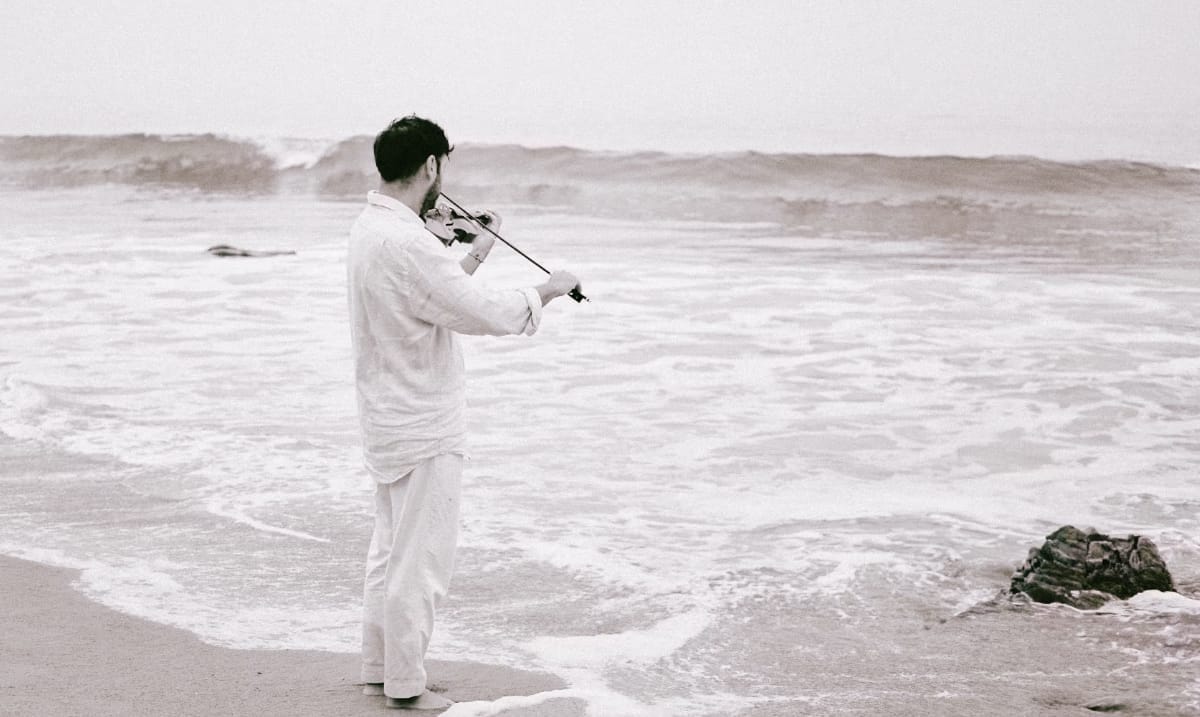
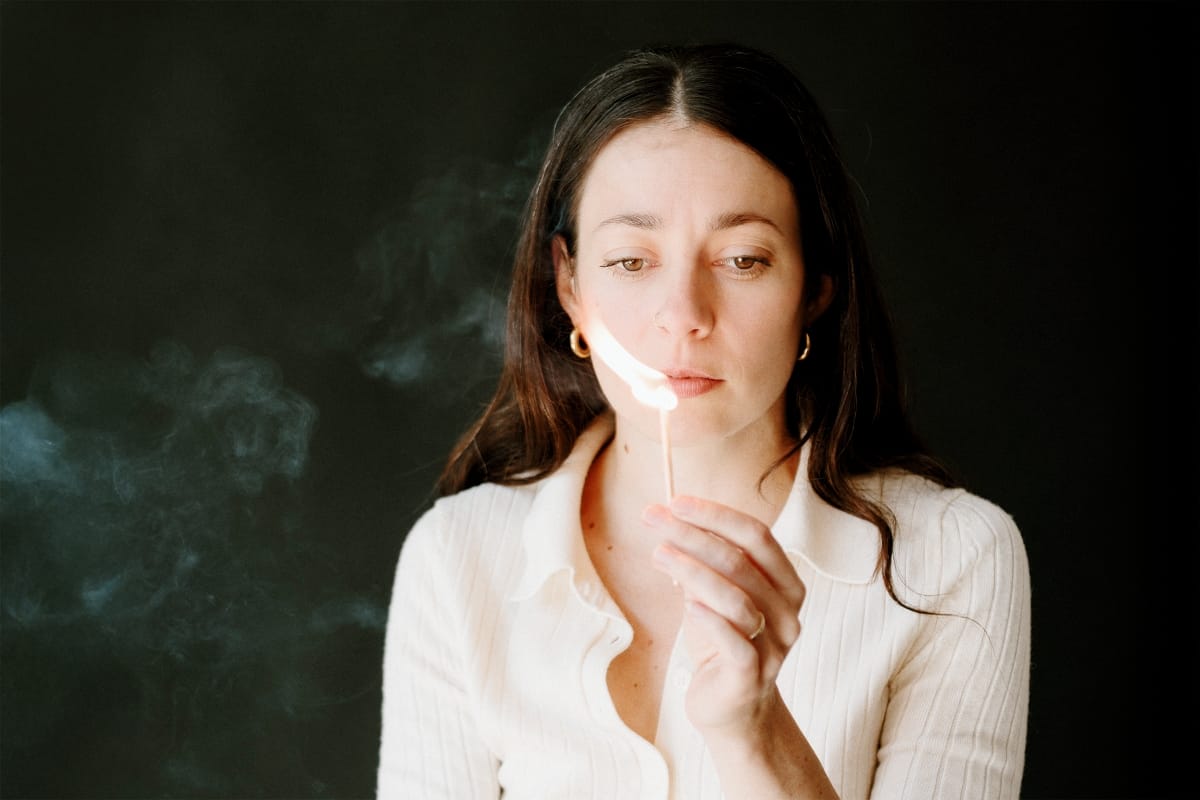
Comments